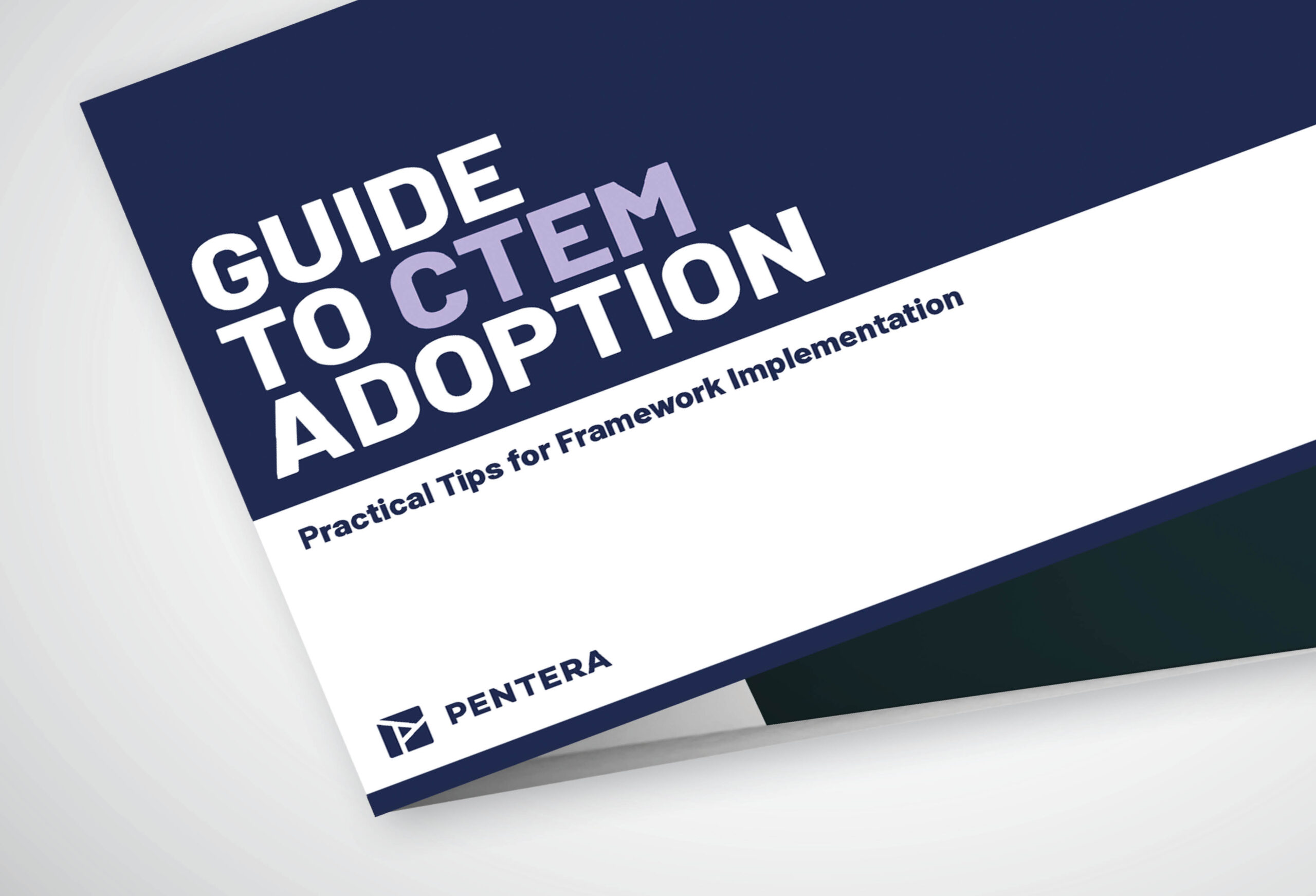Better Prepared, Right?
Companies are investing significant resources into building and improving their cybersecurity posture. As the threat landscape continues to evolve and expand, tools like attack simulation are becoming essential to assessing defenses and ensuring resilience. As the threat landscape continues to evolve and expand, this investment continues to rise dramatically. According to recent projections by International Data Corporation (IDC), global spending on cybersecurity is expected to exceed $250 billion annually by 2026.
Amid these growing challenges, attack simulation offers actionable insights for assessing your security posture. Unlike traditional methods, simulation bridges gaps in penetration testing practices and aligns risk management with real-world lessons. But is simulation enough to keep businesses secure? Or does ethical hacking still hold its ground?
Hacking simulation, a key aspect of attack simulation, provides actionable insights for organizations to assess their security posture. Unlike traditional methods, simulation bridges gaps in penetration testing practices and ensures risk alignment through lessons from real-world case studies. However, as the field evolves, organizations are looking for ways to extend the value of simulation and move toward deeper, more actionable testing methodologies.
Cyber Needs Testing Like Everything Else
It’s simple math. Every security system with configuration knobs has a probability of human error and misconfiguration. Every application or operating system introduces vulnerabilities as it evolves. As IT networks grow and expand, the probability for misconfigurations of controls and vulnerabilities increases, as does their operational complexity.
Although CIOs and CISOs acknowledge the need for security validation, they are also required by regulators to perform vulnerability scans and penetration tests on a regular basis by independent third parties.
A Choice Between Two Imperfect Alternatives
Vulnerability assessment (VA) and management (VM) solutions are software-enabled solutions that suffer from a major drawback around prioritization of the found vulnerabilities. They present you with thousands of potential vulnerabilities, but in reality, a large percent are false alarms. Out of those “real” vulnerabilities, only 5 percent are exploitable. And out of those, only a few may lead to an attack on critical assets.
Simply said, the only way one can ascertain if a vulnerability is critical is by exploiting it and proving it’s part of a full “kill-chain.”
Service-based penetration testing does just that, testing your defenses while correlating the triage of vulnerabilities with existing exploits lacking a compensating security control. Some pen testers indeed shine a light on major deficiencies that can be chained to a deadly attack vector. However, penetration testing as it stands today cannot scale — it’s expensive, talent dependent, and limited in time and scope. With these constraints, pen tests are typically performed on a small segment of the infrastructure deemed most business-critical, leaving most of the attack surface invalidated.
The Overhype of Breach and Attack Simulation (BAS)
Breach and Attack Simulation (BAS) technology came to our lives a few years ago with the great promise of continuous security control validation. It sounded great at the time, but early adopters found themselves with a system that added yet another agent in the network, limited its scope to control validation only, and required specific playbook scenarios to be maintained.
More importantly, users found themselves back in the realm of simulation.
In other words, BAS is about collecting security control data and performing offline risk modeling analysis, then deducing what would happen in real life rather than testing for it. Once again, users are faced with false alarms and misguided prioritization, joined with the burden of managing yet another system. Even the modern BAS systems that send phishing emails and attempt to download payloads if opened struggle to surpass the value one can get from free utilities.
If You Want to Test, Test. Don’t Simulate.
True security validation is really about challenging your security from a hacker’s perspective and techniques—all the way to the endpoint and across your network.
What if we could have a penetration test that runs fully automated with no agents, no manual playbooks, no simulations, and no false alarms? What if we could have a system that acts as a hacker and challenges everything—security controls, vulnerabilities, credentials, and privileges?
What if the same system could look for passwords and credentials in shared folders and office documents?
This is where the concept of attack emulation emerges, evolving from simulation to better reflect real-world attacker behavior. We’re looking to attempt to exploit vulnerabilities at scale, without malicious intent or harm, and at a budget that allows for daily or weekly penetration tests.
Automated Pentesting: The Next Frontier
Here is the cutting edge: technology that takes on the tall order of harnessing the power of software to perform the ethical hacker task of penetration testing at scale.
This technology starts with nothing but network access and performs every action a hacker would—scanning, reconnaissance, sniffing, spoofing, cracking, (harmless) malware injection, file-less exploitation, post-exploitation, lateral movement, and privilege exploitation all the way to data exfiltration.
Information security professionals’ routines are changing as they use this technology as frequently as a weekly pen-test. Reducing dependencies on third-party consultants and focusing on the 1 percent of remediation that matters is becoming a reality.
It’s a Matter of Choice
It’s time for cybersecurity risk validation. Either you settle with vulnerability management, experiment with BAS, or go at it with automated penetration testing.
You’re better off being proactive about improving your cyber resilience rather than being target practice for any new malware that’s out there. You can have separate tools and service providers do the job or do it yourself with a modern pentesting platform.
The important element is to propel forward and converse about security risk in business terms with upper management, secure the budgets necessary, and ride the continuous improvement curve toward cyber resilience.
Discover how Pentera’s automated penetration testing takes attack simulation to the next level with real-world emulation. Challenge your defenses like an attacker would and build true cyber resilience.






